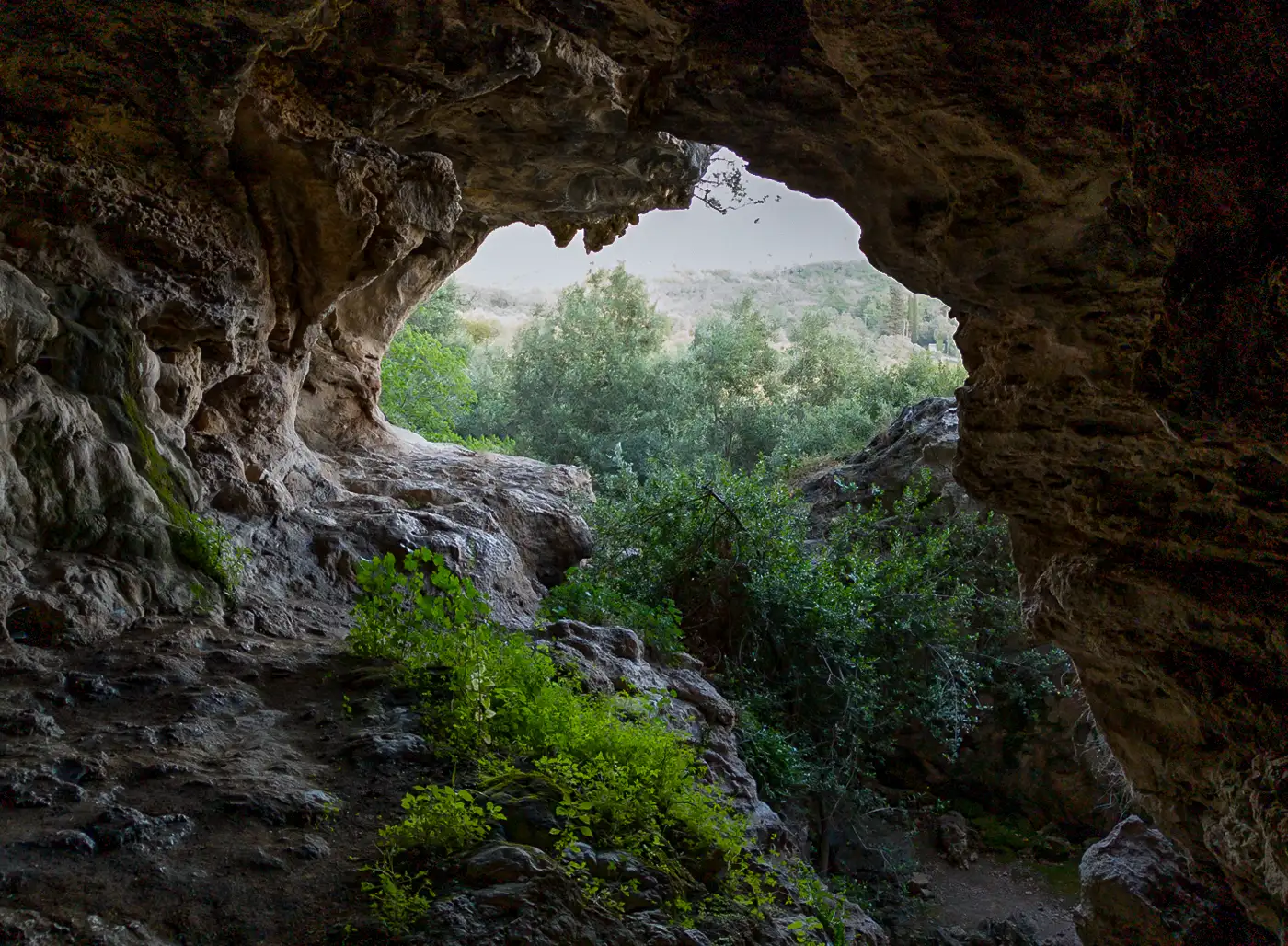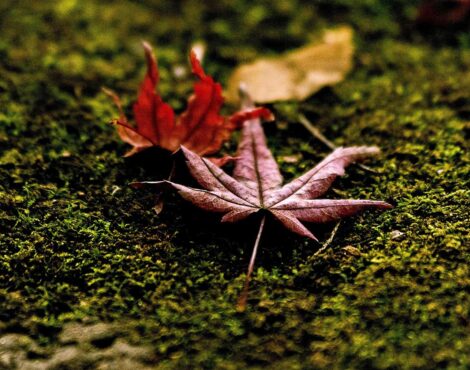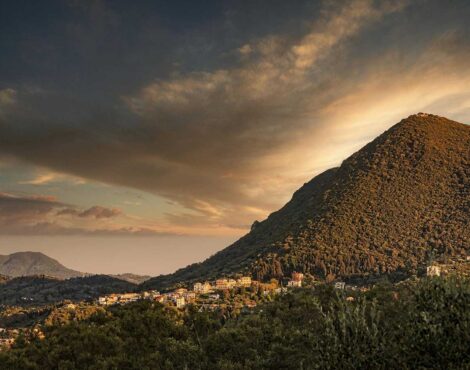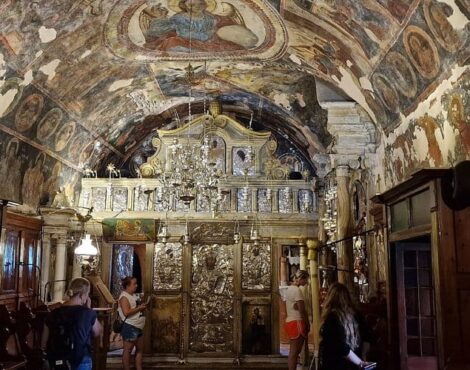The island of Corfu boasts a range of natural and cultural features that make it unique and an unforgettable experience for those who visit. Most tourists who arrive on the island seek to discover its beautiful landscapes, its unique history, and its rich culture. Few, however, know that the island has even more to offer, including attractions for cave enthusiasts. The island’s distinct terrain has, over thousands and even millions of years, contributed to the formation of small caves of remarkable beauty, which often remain out of the spotlight, as they are usually located far from the city or well-known tourist resorts.
One of the first and most impressive caves worth visiting is the so-called Gravolithia, situated in the mountainous area of Spartilas. This striking underground cavity is filled with stalactites, stalagmites, and natural formations that create an almost magical landscape. In many spots, the stalactites have joined with the stalagmites to form natural columns. The cave’s beauty, however, is accompanied by tales of fear and ghosts. In the summer of 1926, Swiss painter René Berlincourt and Greek writer Theodoros Stefanidis attempted to explore it, but received little help from the locals, who avoided the place, believing it to be the dwelling of dragons. Stories tell that one of the dragons was slain by a Venetian soldier centuries ago, while the other was rumored to still roam at night, seizing animals.
Another cave is located in the village of Gavrades, known for the running water that flows along its left side, something rare for Corfu’s caves. Although old rumors claimed the cave led to distant villages, modern explorations have disproved this. Nevertheless, scientific interest remains strong. A few kilometers away, near the traditional village of Kyprianades, lies yet another cave, the Grava of Rousela, associated with the story of two reclusive brothers. Locals still refer to the expression “you’re like the Rouselaioi,” when describing someone who lives in isolation away from others.
Among the most renowned caves of Corfu is the “Trypa tou Pelau” (Sea’s Hole) in the area of Agios Matthaios. Local tradition says it has seven levels and connects to the sea. Stories speak of cats or goats that fell into its abyss and were later found on the shore, claims that modern science challenges, due to the low temperature of caves and the risk of hypothermia for both humans and animals. Noteworthy is the description of the cave by scholar Stylianos Vlasopoulos in 1822, who conducted experiments by dropping stones into the entrance. The sound of the fall suggested a depth of around 270 meters. Although his calculations were based on Galileo’s principles, they have not been confirmed with modern methods.
More recently, in 2019, a small group of Corfiot nature lovers and speleologists climbed to the top of Mount Pantokrator, where the cave is located, in order to explore it. The entrance to Trypa tou Pelau is small, but inside, an underground scene of green stalactites and natural chambers is revealed. The cave extends to at least three levels, with researchers hoping that more, deeper sections will be discovered. On Mount Pantokrator in Agios Matthaios, another cave can be found, this time on the southwestern side. Locals call it Grava, which is usually translated as a large hole. In the past, it was used as a shelter for herds. Research and excavations carried out over the years have uncovered animal bones and human tools, dating back to the Paleolithic era.
There are many caves or cave systems in various villages of Corfu that were once heavily used. In settlements in the northern part of the island, such as Sokraki and Korakkiana, as well as in southern villages like Agioi Deka, residents found refuge during World War II and managed to avoid the worst. The caves scattered across the island hide stories, beautiful sceneries, and exceptional opportunities for nature and discovery enthusiasts, making them an ideal alternative destination.





